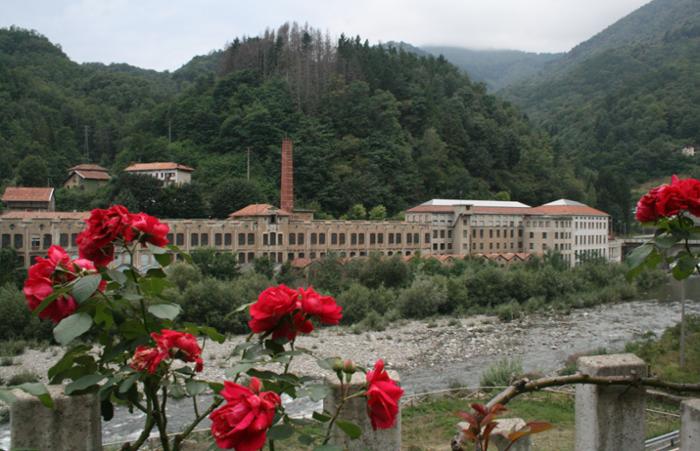INDUSTRIAL ARCHAEOLOGY

In the Biellese is preserved a considerable heritage of industrial sites and infrastructures related to them, which comes from a 20 century textile activity.
The main factors of the specialisation of the textile activity are its long duration through the centuries and its ancient origins, testified by the many archaeological findings in the Burcina park as well as the gravestones of “sagario” (that means “sagum” producer; that is a rough wool cloth very popular during the Roman epoch) found in Lessona.
In the Statute of the town of Biella there are precise rules concerning the art of wool that was also widespread during the Middle Age, especially since 1245, about the wool workers and weavers labour. The manufacturing activity, carried out in the whole territory, gave life to a deep-rooted textile tradition, which was able to overcome every hurdles, such as the ban to manufacture fine clothes taken into effect since 1733, in order to limit the competition of the Biella factories to the other wool mills in Piedmont.
The manufacturing activity became an industry after 1817, when Pietro Sella (1784-1826) introduced the first wool machines in his family’s factory in Vallemosso, starting what later will be called “the factory system”.
An important building heritage has been produced by centuries of practice. There are thousands of multi-storey buildings, characterised by the repetitiveness of the openings, like those of Manchester. The 19th century buildings, with their high chimneys give shape to the Biellese landscape as well as the terraces of “ramme” , the derivation pipes, the penstocks, the hydroelectric power plants and also the houses, the workers’ villages, the big houses of the entrepreneurs, who often gave money to built kindergartens, schools, workers’ clubs in order to increase the workers’ integration.
Some projects of reclamation and evaluation of the Biellese industrial heritage have been undertaken : the industrial archaeological route “La Strada della Lana” (The Road of the Wool), linking Biella to Borgosesia; the river park on the Cervo water course’s banks in Biella. Recently some interventions of reclamation of industrial sites have taken place, allowing an increase of value of some interesting buildings, such as the eighteenth-century monastery of the “Trappa” of Sordevolo, probably used as wool mill for a certain period of time; the “Factory of the Wheel” in Pray, a nineteenth-century wool factory, with its “teledynamic” energy transmission; the ex wool mill Trombetta in Biella, which hosts the “Cittadellarte” (the town of art) thanks to Michelangelo Pistoletto; the wool mill Maurizio Sella, headquarters of the Fondazione Sella, in which a considerable heritage of archives and icons is preserved.
